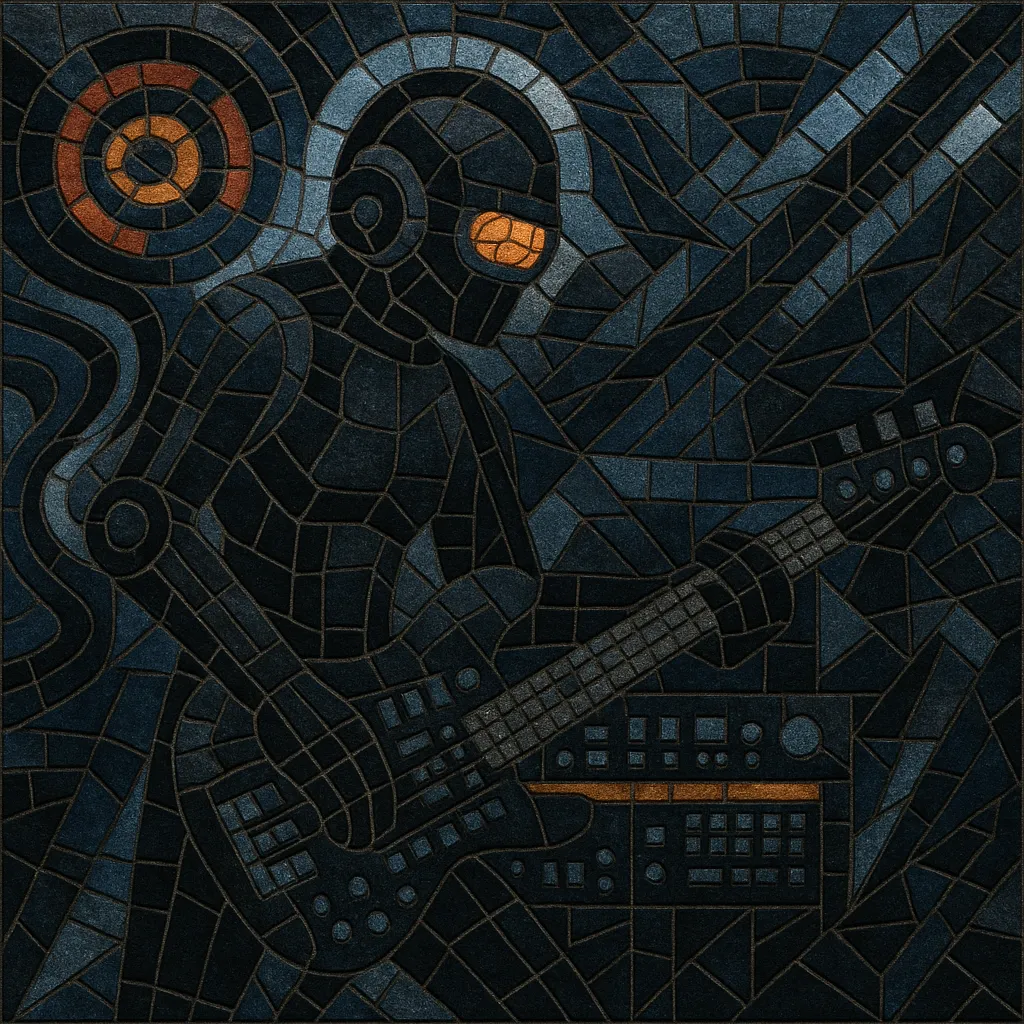
Techno bass is a hybrid of Detroit techno precision and electro/808 bass culture, characterized by machine-funk rhythms, punchy sub-bass lines, and futurist, often sci‑fi atmospheres. It emphasizes the low end more than classic electro, while retaining techno’s austere sequencing and DJ-friendly structure.
Typical tracks run on syncopated 808 patterns, with crisp claps and hats, robotic vocoders, minor-key stabs, and driving bass figures that anchor the groove. The result is music that is both body-moving and mechanical—dance-floor focused yet distinctly electronic in attitude.
Techno bass emerged from the cross-pollination of Detroit’s techno and electro traditions with the 808-heavy sound systems and performance aesthetics of Miami bass. Detroit pioneers evolved electro’s machine rhythms into a sleeker, sequencer-driven form, while Florida scenes showcased chest-rattling sub-bass and battle-ready drum programming. This convergence set the stage for a style that valued both precision and weight.
By the mid-1990s, the term “techno bass” became closely associated with Detroit acts such as Aux 88 and labels like Direct Beat (a 430 West offshoot) and Puzzlebox (run by Keith Tucker/K1). These outlets formalized an aesthetic: tight 808 kits, minor-key motifs, and vocoder hooks, engineered for clubs and for mixing. Parallel movements in Florida (e.g., Dynamix II and later Exzakt via Monotone) and in Europe (UK, Germany, Spain) pushed the sound globally. The style maintained electro’s syncopation but insisted on deeper, more driving bass presence.
The 2000s saw continued activity from Detroit figures alongside UK and European producers who embraced darker palettes and modern production. Techno bass persisted in specialist labels, vinyl culture, and DJ circuits, with online hubs and compilations helping codify its canon. Artists like DJ Stingray 313 and Anthony Rother connected classic machine-funk blueprints to contemporary, high-fidelity sound design.
Techno bass remains a DJ-forward, purist-leaning corner of the electronic spectrum. Its influence can be heard in ghettotech and regional breaks scenes (notably Florida and West Coast breaks), while its own catalog continues to expand through reissues, new EPs, and international showcases that celebrate the Detroit–Miami axis of rhythm and low-end.
Work in the 125–140 BPM range. Program syncopated 808 patterns with a decisive backbeat and plenty of forward motion. Use off-beat open hats, busy closed-hat grids, and percussive tom rolls to add propulsion without clutter.
The 808 is foundational: deep, tuned kick; snappy snare/clap on 2 and 4; crisp hats; and occasional cowbell or rimshot accents. Swing is minimal to moderate—tight enough for techno mixing but with electro’s funk.
Build a prominent, driving bass line that locks with the kick. Combine a tuned 808 sub with a mid-bass layer (analog saw/square or FM patch) for definition. Use subtle saturation and short envelope plucks to keep the low end articulate on club systems.
Favor minor keys and sparse, machine-like motifs. Short chord stabs, arpeggiated sequences, and modal riffs work well. Employ vocoder or robotic spoken phrases for hooks, and add futuristic pads, noise sweeps, and fx for a sci‑fi edge.
Structure tracks DJ-first: intro/outro drums, clear breakdowns, and a focused midsection. Automate filters and delays for energy shifts; use tight sidechain between kick and bass. Keep mixes punchy, with controlled subs and crisp transients, ensuring translation to large sound systems.
Prepare versions with extended intros. Layer drum fills or accent hits for on-the-fly excitement. In live sets, sequence patterns on hardware (TR-808/modern clones, analog monosynths) to preserve the style’s mechanical, performance-driven feel.

